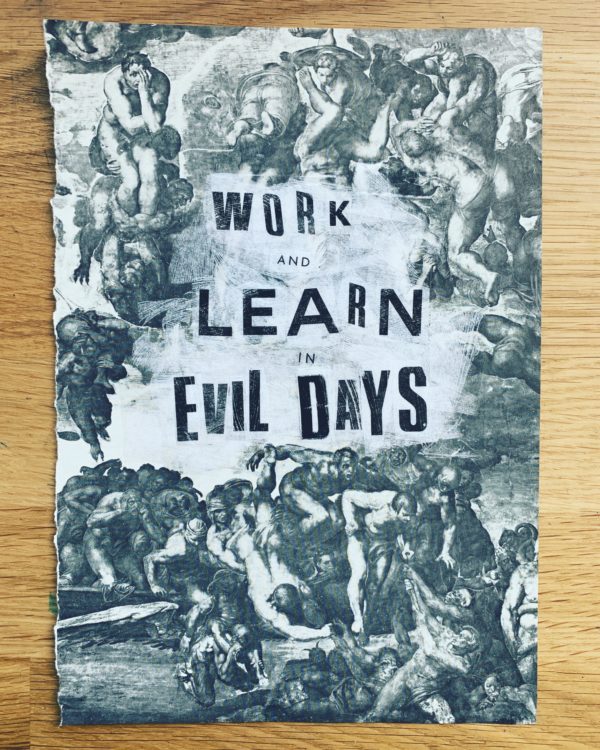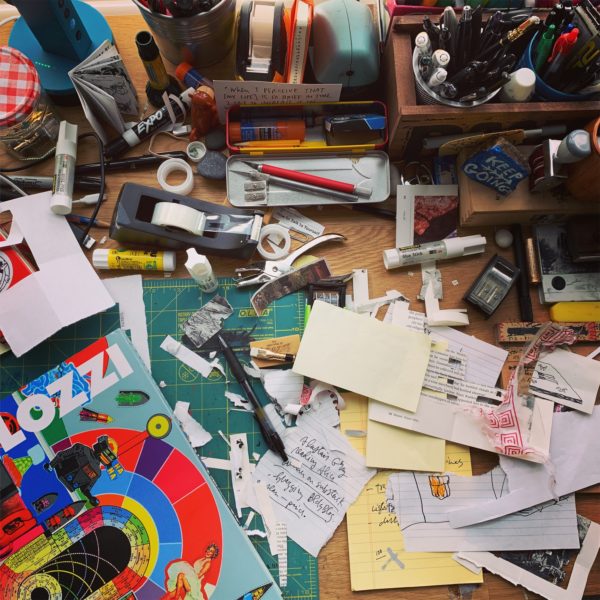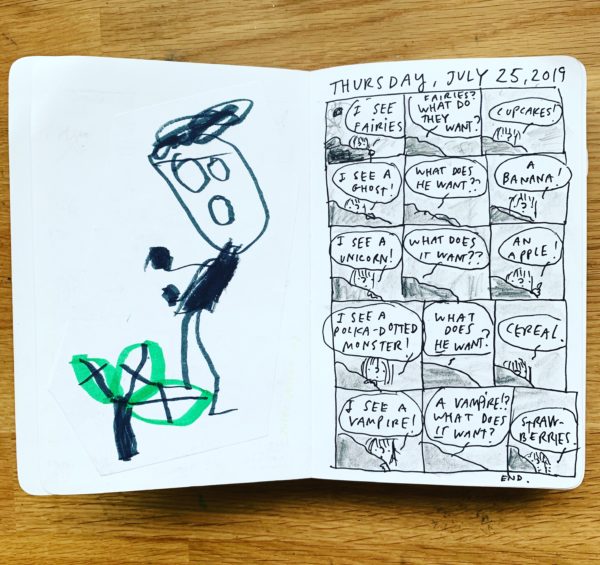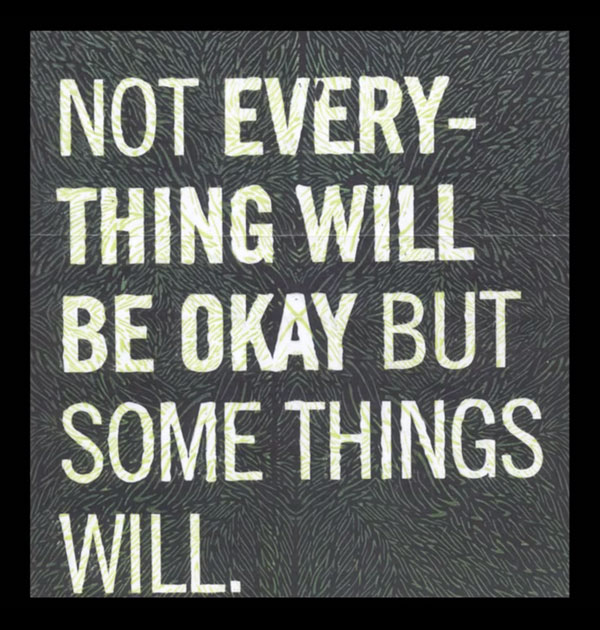Lately, I’ve felt like The Man Without Advice, but a school recently asked me to record a message for recent graduates, so I thought I’d share it here, too.
If it sounds familiar, it’s basically me paraphrasing Steal Like An Artist:
The classroom is a wonderful, if artificial, place: Your professor gets paid to pay attention to your ideas, and your classmates are paying to pay attention to your ideas. Never again in your life will you have such a captive audience.
Soon after, you learn that most of the world doesn’t necessarily care about what you think. It sounds harsh, but it’s true. As the writer Steven Pressfield says, “It’s not that people are mean or cruel, they’re just busy.”
This is actually a good thing, because you want attention only after you’re doing really good work. There’s no pressure when you’re unknown. You can do what you want. Experiment. Do things just for the fun of it. When you’re unknown, there’s nothing to distract you from getting better. No public image to manage. No huge paycheck on the line. No stockholders. No e-mails from your agent. No hangers-on.
You’ll never get that freedom back again once people start paying you attention, and especially not once they start paying you money.
Enjoy your obscurity while it lasts.
I wrote a list of advice for recent graduates a few years ago, but it might need some updates for the COVID era…
Any more advice I have is in my books — if you have a recent graduate in your life, consider getting them the Steal/Show/Keep Going trilogy!









